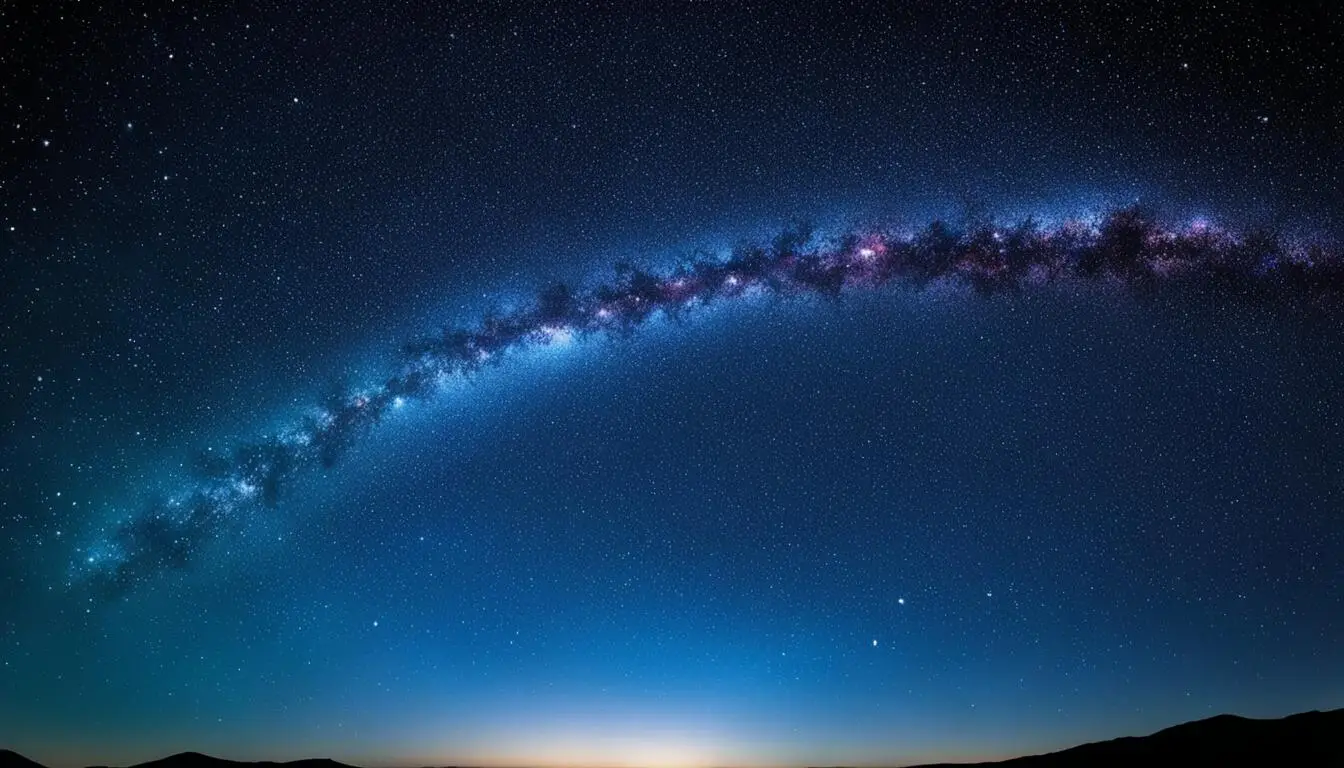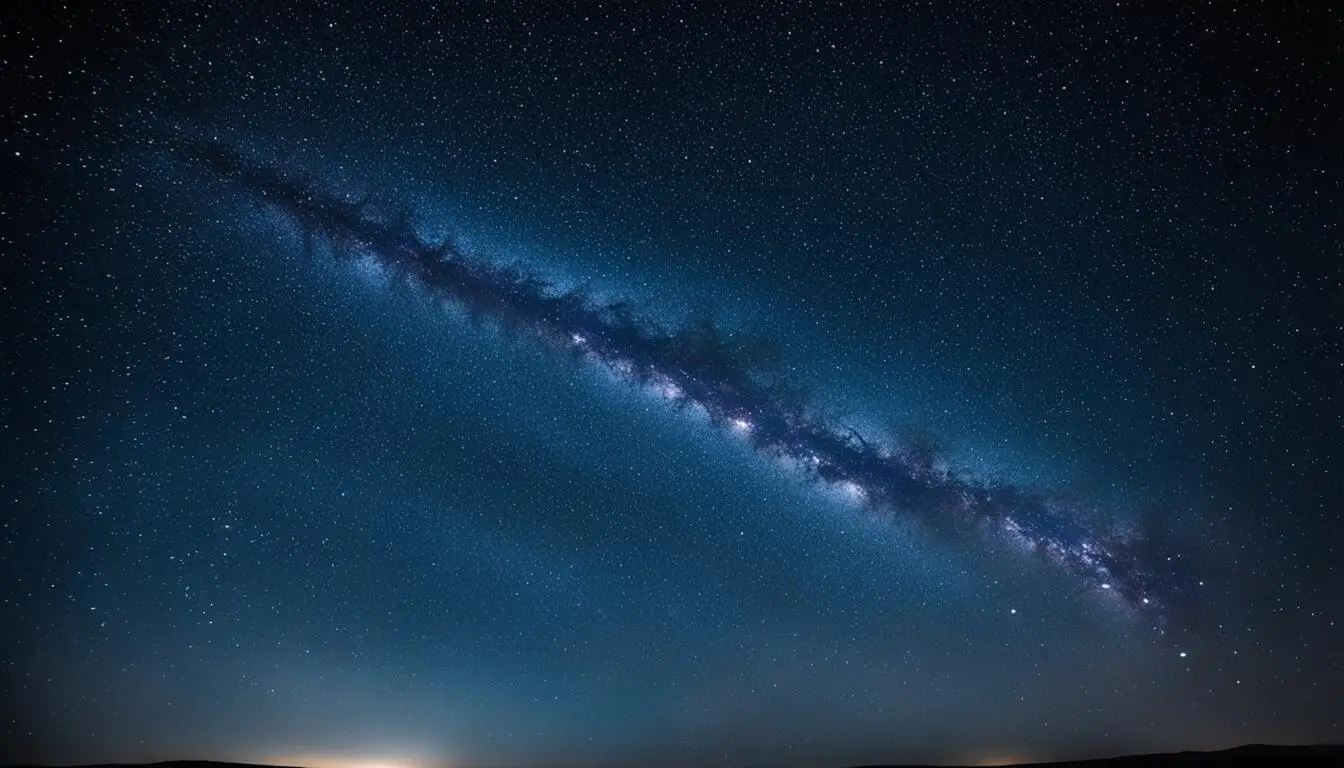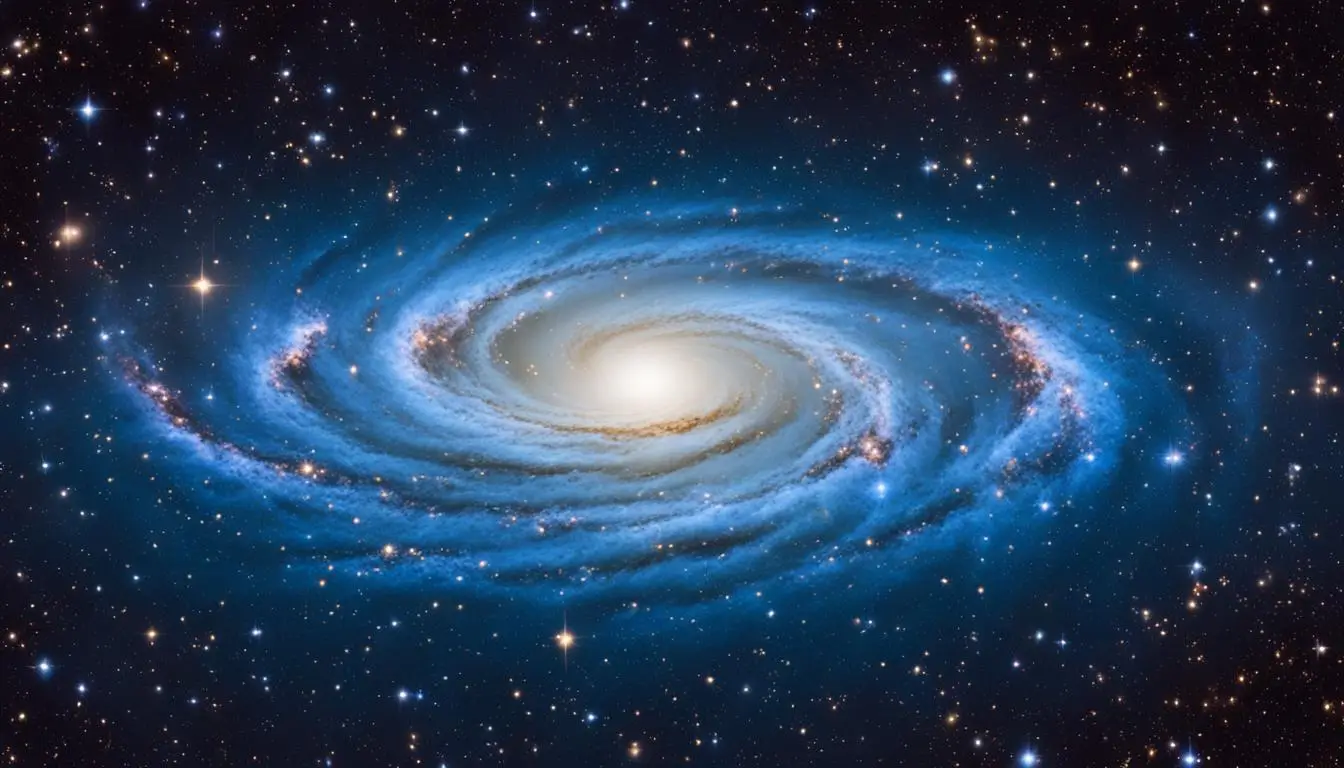There are trillions of stars in the universe, shining for billions of years. Ever wondered about the first stars in the universe? How did it all start? This question takes us back to the universe’s start. It’s where the first stars came from, in the dark beginning. They were the first things to exist after the dark period of the Big Bang. We believe that the first star in the universe is Methuselah – which is believed to have formed over 14 billion years ago. This is funny because we believe the universe is 13.8 billion years old.
Check this out, too: Is the Moon a Star? Our Satellite
That’s why the stars’ journey starting from the very beginning is a big shaky. It should start from the Big Bang. The Big Bang set our universe in motion – how are there stars older than the Big Bang? The universe expanded very fast in just a few millionths of a second. About 200 million years later, the stage was ready for the first stars to be born. At least, that’s when we start to see stars being born. Many of the oldest stars – the first stars in the universe – that we know are starting from about 200 million years after the Big Bang.

The first hydrogen and helium atoms formed as the early universe cooled to about 1,650 degrees Celsius. These elements would be the first stars’ building blocks from Big Bang nucleosynthesis. But getting from these simple atoms to shining stars was a tough journey.
Then came the cosmic “Dark Ages,” a time with no light sources. During this era, the seeds of the first stars were planted. This set the stage for a big change in the cosmos.
The Cosmic Dark Ages: Setting the Stage for Star’s Birth
The cosmic dark ages in our universe were key to our universe’s early life and affected the birth of stars. After the cosmic microwave background formed, the universe changed from a hot, opaque plasma to a vast hydrogen and helium gas.
The Early Universe
The early universe was a vast, empty space. It expanded and cooled, becoming darker. This dark time lasted from about 400,000 to 100 million years after the Big Bang. Without stars, it prepared for the birth of the first stars.

The first star-forming systems appeared between 100 and 250 million years after the Big Bang. These massive protogalaxies were 100,000 to one million times heavier than our Sun. They were huge, stretching 30 to 100 light-years wide. Dark matter, primordial gas, and hydrogen and helium were crucial. These elements helped create the first population III stars.
Primordial gas clouds formed at the nodes of small-scale networks. As they shrank, temperatures in the dense parts cooled to 200-300 kelvins. This cooling led to the formation of the first stars.
First Stars in the Universe
The first star in the universe lit up over 13.5 billion years ago. It’s mind-blowing that the early universe was mostly filled with hydrogen and a bit of helium. These stars, known as population III stars, were huge, much bigger than our Sun. They shone brightly but didn’t last long, burning out in just a few million years. Our Sun, on the other hand, is 4.6 billion years old and still shining.
Unique Traits of Early Stars
Population III stars were unique. They formed in dark matter halos, which made up most of the universe’s matter. These stars were massive and powerful, creating heavier elements by fusing lighter ones. When they died, they exploded as supernovae, making elements heavier than helium for the first time.

I find it incredible how these first stars shaped our current universe. Their energy sparked a process called reionization, breaking apart hydrogen atoms across the universe. This event set the stage for the cosmos we see now. Scientists use supercomputers to study these ancient stars because we can’t see them directly.
Observational Challenges of Population III Stars
Searching for the first stars in the universe is not easy – you are basically trying to look at the past. As I mentioned before, we call the first stars in the universe Population III stars. They were the first to light up the cosmos. They were massive and crucial for the universe’s evolution. However, finding them is a big challenge for astronomers.
These stars were huge, some up to 150 times bigger than our Sun. They burned out quickly, living only 2-3 million years. By the time we see light from the early universe, these stars are gone.
Finding these ancient stars is hard also because they’re so far away. The more we look into space, the more we see into the past. But even our best telescopes can’t see that far back. These stars are tiny and hard to spot.
Still, I’m hopeful for the future. New stuff we are doing, like the James Webb Space Telescope, gives us new views of the early universe. By looking at ancient gas clouds and their chemical makeup, we might find the first stars. And so far, the James Webb Space Telescope has made good progress in detecting the first stars in the universe – or even the first things that came to being after the Big Bang.
James Webb Space Telescope: A New Era of Discovery
The James Webb Space Telescope is a major leap in understanding the early universe. It launched in December 2021 and has already made huge discoveries in its first year. This telescope can see through cosmic dust and gas, showing us secrets we couldn’t see before – especially the first couple million years after the Big Bang.
Webb’s ability to uncover the first stars in the universe is quite impressive. It already showed us some of the first galaxies and planets. Population III stars, which are the first stars in the universe, go back to about 400 million years after the Big Bang. Webb’s look at distant galaxies like GN-z11 shows stars that are hotter and bluer than nearby ones. This matches what we thought the earliest stars would be like.
JWST’s Capabilities in Detecting Early Stars
Webb can see faint signals from the most distant galaxies with its infrared vision. Its first deep-field image showed thousands of galaxies, including some of the faintest ever seen in infrared. This view helps us understand how the first stars and galaxies formed.
The telescope’s tools have also confirmed the distances of some of the farthest galaxies known. These findings challenge our current ideas about galaxy formation and the universe’s expansion. As Webb keeps exploring, I expect more discoveries that will change how we see the universe and its first stars, but for now, it has given us good clues.
The Importance of First Stars in Cosmic Evolution
The first stars in the universe actually shaped the cosmos we see today. These stars formed from elements made during the Big Bang. As they lived and died, they started a chain of events. This chain led to the diverse universe we see now. They are like the evolution on earth – like we started from the sea. The universe’s diversity started from the stars and their elements.
The first stars were like creators. They made heavier elements like carbon and oxygen in their cores. When they exploded as supernovae, they spread these elements across space. The explosions of early stars might have started supermassive black holes. These black holes are at the centers of galaxies, including ours. The first stars helped shape galaxies. Their radiation and explosions helped form the early universe’s structure. We can still see their influence in today’s galaxies.
Conclusion
Determining the first galaxies, planets, or stars in the universe is always a challenging task. It’s like asking us to determine the first homo-like creators, our ancestors, with 100% accuracy. We need to look at the past. Thankfully, with the universe, this is relatively possible because of the light speed.
The first stars in the universe, known as population III stars, were key to the universe’s growth. They came to life from pure gas clouds, ending the dark ages of the cosmos. These stars appeared less than 500 million years after the Big Bang. They were few and far between in the vast universe.
Scientists are still searching for these early stars. Finding them is hard, but hints suggest they were there. The James Webb Space Telescope might help us see them, as it has already shown us galaxies from just 320 million years after the Big Bang.
FAQ
What were the first stars in the universe?
The first stars in the universe were called Population III stars. They formed about 100 million years after the Big Bang. These stars were made only of hydrogen and helium, with no heavy elements.
What were the characteristics of Population III stars?
Population III stars were huge, often hundreds or thousands of times bigger than our Sun. They were also extremely hot, with surfaces at 90,000 degrees Fahrenheit. These stars didn’t live long, burning out and exploding as supernovae in just a few million years.
How did the first stars influence cosmic evolution?
The first stars were key to the universe’s evolution. They created heavier elements like oxygen and carbon inside them, which they released in supernova explosions. This enriched the cosmos with chemicals that helped form later stars, planets, and life. Their explosions might have also helped supermassive black holes grow, shaping galaxies and the universe’s structure.
Why is it challenging to detect Population III stars?
Finding Population III stars is hard because they lived and died quickly, and they’re far away. They’re small and might blend in with other stars, making them hard to spot. But the James Webb Space Telescope (JWST) has changed that.
How does the James Webb Space Telescope help in the search for Population III stars?
The James Webb Space Telescope (JWST) is designed to study the early universe, including Population III stars. Recent JWST studies have found signs of these ancient stars. They’ve detected helium and low levels of heavy elements in distant galaxies.